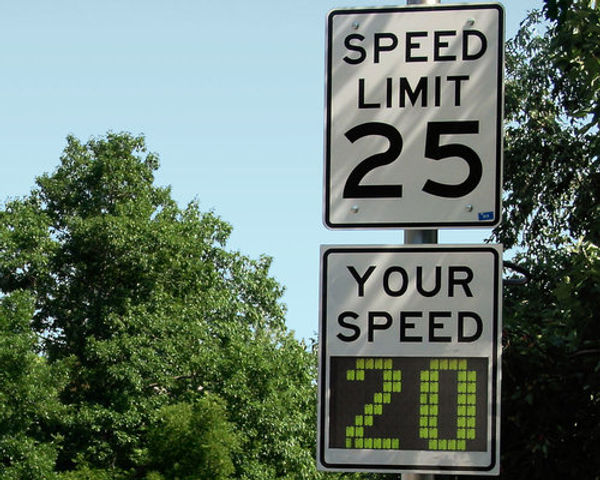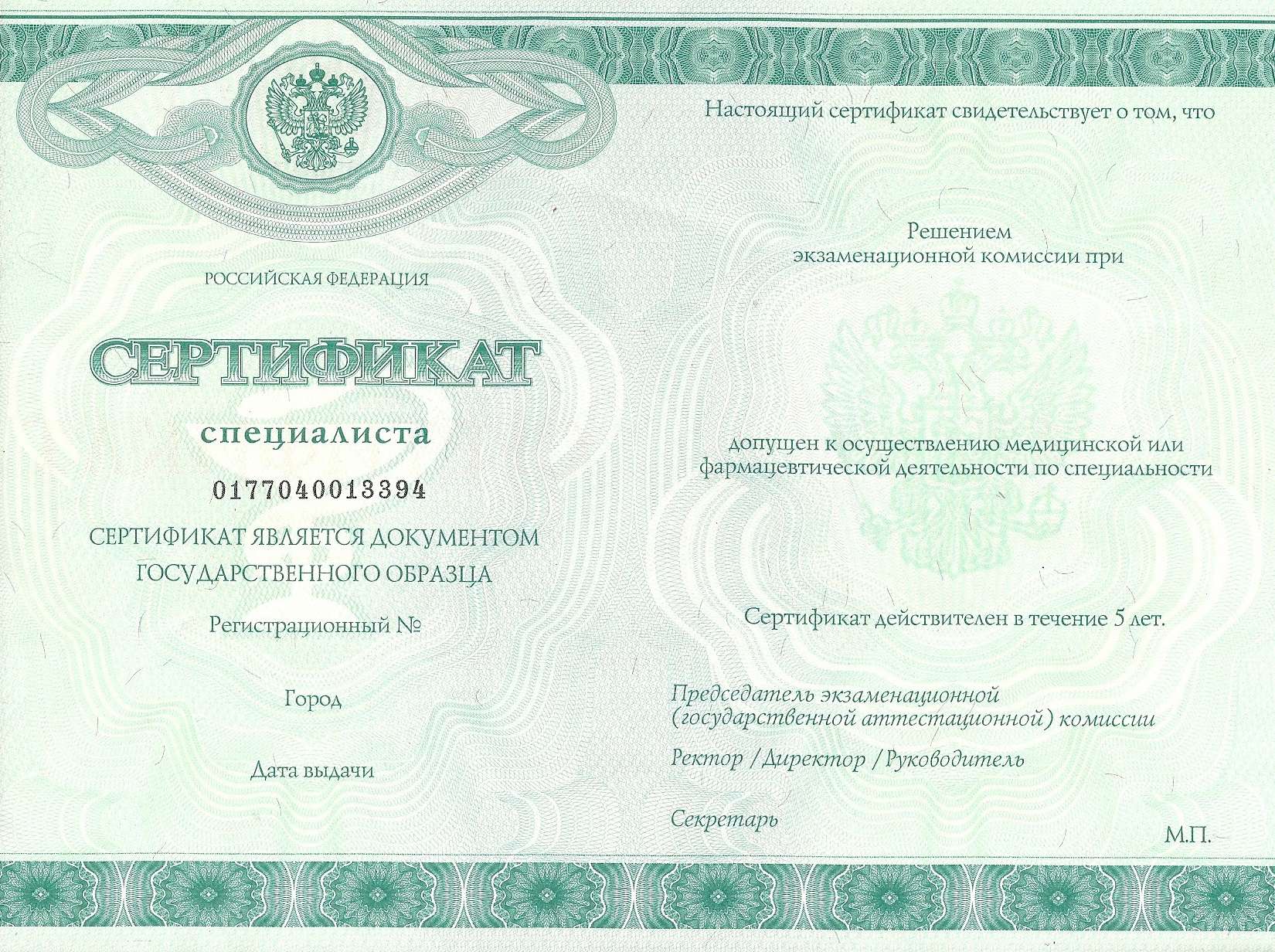
Highway Code for North Carolina Drivers
Content
While you may know the traffic rules of the state in which you have your driver's license, this does not necessarily mean that you know the traffic laws of other states. While many of these are common sense and are the same in every state, others may differ. If you're planning to move to or visit North Carolina, you'll need to make sure you know the traffic rules listed below, which may differ from those you follow in your state.
Licenses and permits
It is illegal to sit in the driver's seat of a vehicle while it is running, being towed or pushed, unless you have a valid license.
North Carolina uses a staggered licensing program for drivers aged 15 to 18.
A limited learning permit is available to individuals aged 15 to 18 who have completed a minimum of 30 hours of classroom instruction and 6 hours of driving instruction.
After 12 months of holding a Limited Training Permit and meeting all other requirements, drivers can apply for a Limited Provisional License. This license is for individuals aged 16 and 17 and must be held for 6 months before applying for a full provisional license.
Drivers will have a full provisional license until they are 18 years old and meet all additional requirements.
New residents have 60 days to obtain a North Carolina license after moving to the state.
Cell Phones
Using a mobile phone to send, compose or read text messages or emails while driving is illegal.
Drivers under the age of 18 are prohibited from using a cell phone or other electronic communication device while driving unless they call 911.
Seat Belts and Seats
The driver and all passengers are required to wear seat belts while the vehicle is in motion.
Children under 16 must be secured in a car seat or seat belt appropriate for their height and weight.
Children under 80 pounds and under 8 years of age must be in a safety seat that is sized for their height and weight.
Children under the age of 5 and weighing less than 40 pounds must ride in the back seat if they are in the vehicle.
right of way
Motorists must always give way to pedestrians at intersections and crosswalks, whether they are marked or not.
Blind pedestrians always have the right of way, even if there are no traffic lights.
Motorists are required to sound the horn if a pedestrian tries to cross the road, such as when he or she tries to cross at a traffic light. If the pedestrian does not stop after the driver sounds the horn, the vehicle must stop and let the pedestrian pass.
Drivers must give way to a funeral procession if they are traveling in the same direction or if the procession is already moving through an intersection where the driver's green light is on.
School buses
All traffic on the two-lane road must stop when the school bus stops to pick up or drop off children.
All traffic on a two-lane road with a turning lane in the center must stop when a school bus stops to pick up or drop off children.
All traffic on a four-lane non-divided road must stop when a school bus stops to pick up or drop off children.
Ambulances
Drivers must change lanes on a road that has at least two lanes of traffic moving in the same direction if the ambulance stops at the side of the road.
On two-lane roads, all drivers must slow down and use caution if the ambulance is stopped.
It is illegal to park within 100 feet of an ambulance that has stopped to provide assistance or investigate an accident.
Fundamental rules
Over speed - Motorists caught exceeding 15 mph and exceeding 55 mph will have their driver's license suspended for a minimum of 30 days.
Helmets — All riders of motorcycles and mopeds are required to wear helmets that comply with the Federal Motor Vehicle Safety Standard. These helmets will have the manufacturer's permanent DOT symbol on the back.
Cargo platforms - Children under the age of 16 are not allowed to ride in an open truck bed unless an adult is riding in the truck bed and supervising them.
These traffic laws, in addition to those that are the same in all states, must be obeyed when driving on the roads of North Carolina. The North Carolina Driver's Handbook is available if you need more information or if you have any questions.

